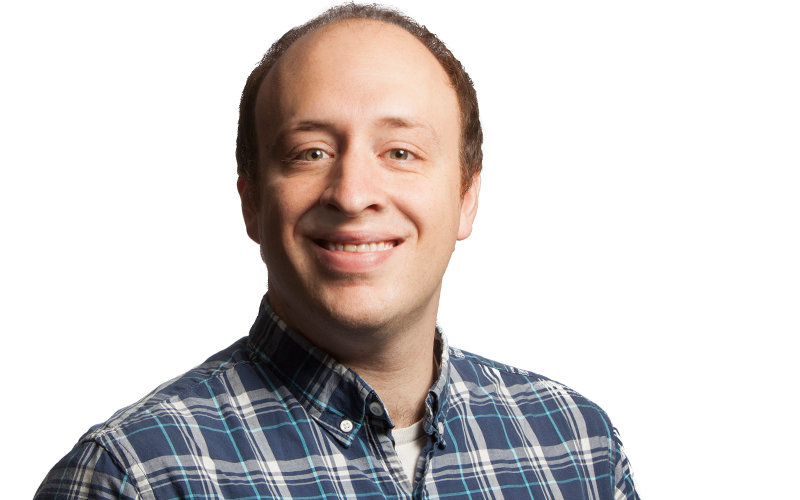
Andrew Petit, assistant professor of chemistry and biochemistry, joined Cal State Fullerton this fall after working as a lecturer in the department last year. He earned his doctorate in chemical physics from Ohio State University and bachelor’s degrees in chemistry and physics from the University of Pittsburgh. He also performed postdoctoral research at the University of Pennsylvania.
What inspired you to go into your field and what was the defining moment?
From a young age, I’ve been fascinated by science, beginning with dinosaurs and carnivorous plants, and eventually became interested in chemistry and quantum mechanics. As an undergraduate, I studied chemistry with a professor who filled his lectures with amazing and often explosive demonstrations, as well as offering brilliant insights into how the world works. In those classes, amidst all of the calculus, this professor guided us to the physical meaning of it all, and in doing so, inspired me to be both a physical chemist and a teacher.
What are your research interests?
I’m a theoretical chemist. I use mathematics and computers to answer fundamental and experimentally relevant questions about what happens after molecules absorb light and become ‘excited.’ What this means is that when molecules and materials absorb energy from light, they can develop new and interesting properties, such as giving off different colored light, becoming more reactive, or producing electricity. Applications of this research involve developing better dyes, sunscreens and solar cells. This research also can aid our understanding of how living things interact with light, such as how our eyes are protected from harmful ultraviolet light and how plants use sunlight to make food.
How do you engage students in your classes and research?
In the classroom, I try to connect the material that we are learning to real-world applications, such as climate change, ocean acidification, the ozone hole and fuel cells, as well as cutting-edge scientific research. I strive to guide students to the big picture of what the equations and concepts tell us about the natural world and to draw connections between what we are learning in class and what they have encountered in previous courses. In research, I work toward helping students think critically about what their calculations mean and how these calculations relate to the underlying motivations behind the project.
What did you do to be a successful chemistry student?
The biggest factors in my success have been hard work and finding a field that I am truly passionate about.
See the complete list of new tenure-track faculty members joining CSUF this fall.